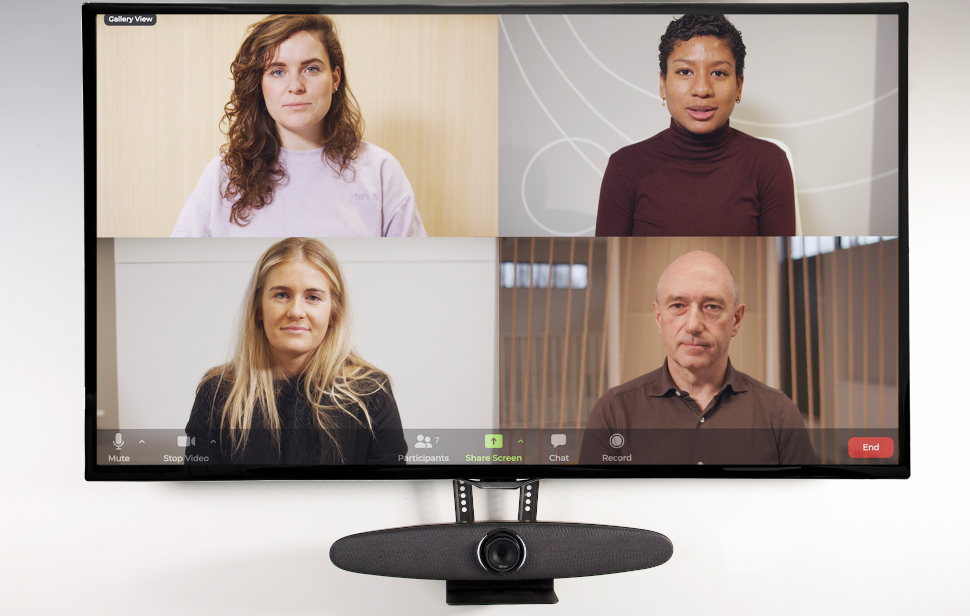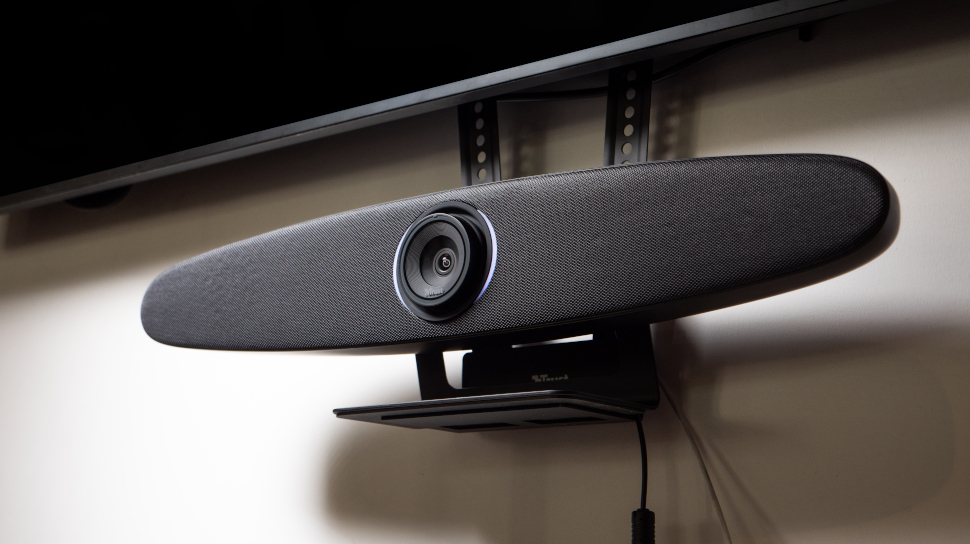6 tips for more efficient hybrid collaboration
Boost your hybrid collaboration with these top tips from Trust Iris

Much has been made over the past few years of the 'new normal' that businesses will have to adapt to in a post-pandemic world. However, while COVID undoubtedly introduced a multitude of significant changes, video conferencing is far from a new phenomenon.
Businesses have been using this technology to conduct remote meetings for years, if not decades, but with more organisations than ever looking to deploy some form of hybrid working, there are some key tips that can help you transform your remote collaboration.
Not everything needs to be a meeting
We've all experienced video conferencing fatigue at some point, and the frustration of being sat in a meeting discussing something that could easily have been covered with an email or instant message. While it can be tempting to take every opportunity for face-to-face collaboration, loading people's calendars down with unnecessary meetings can lead to increased feelings of burnout and stress.
In addition, it can leave them less able to effectively contribute to important meetings which require genuine creativity and problem solving. To keep your hybrid meetings as effective as possible, try and ensure that you're booking video meetings only where necessary, leaving people with more energy to put into those vital conversations.
Use space more effectively
Walking meetings have long been a staple of some of Silicon Valley’s most influential figures, and part of the reason is that physical movement encourages creativity and helps us to process our thoughts more easily. This principle can also be leveraged in your meetings by encouraging participants to make more use of the physical space that they’re in. This can include bringing in whiteboards and other visual aids to help illustrate key points and concepts, or simply standing up and moving around during discussions.
While this may not be appropriate for every meeting, creative tasks like brainstorming can be greatly enhanced by incorporating more movement. Deploying video conferencing equipment that supports automatic tracking, such as the Trust Iris, is a great way to support this, ensuring that speakers can be seen wherever they go within the space.

Set agendas
One of the biggest barriers to true collaboration in a hybrid environment is the feeling sometimes experienced by remote participants that they're not being heard by those in the room. While high-quality conferencing tools with robust microphone pickup and speakers can help them to be physically heard, it's important to give remote joiners the space to contribute without them having to break into the conversation.
Having pre-set agendas can be a useful way of addressing this issue, as remote staff can be given defined slots for providing project updates or feedback, eliminating the 'free-for-all' element that sometimes makes remote collaboration challenging. Meeting hosts may also wish to follow a policy of asking remote participants for thoughts, feedback or ideas before coming to those in the room, to ensure they're given equal room to share.
Use the full range of tools
Video meetings can be run fairly simply, but it’s worth taking stock of all the capabilities you have at your disposal in order to ensure you’re not missing out on additional value. For example, most video conferencing solutions include extra features to make meetings more interactive, including polls, reaction emojis and more.
These tools can be an excellent way to keep participants engaged with what’s going on, particularly in large meetings such as town halls or departmental updates, where the opportunities for individual participation are more limited. Consider integrating them into your meetings, such as by running polls to get feedback on project deadlines, or using digital whiteboard features to sketch out diagrams.
Set hybrid meetings to a schedule
Video conferencing is a powerful tool for helping keep hybrid teams connected and engaged, but it's easy for it to feel like more of a burden than a lifeline when it's only used for formal or official conversations. Building regular, short meetings such as stand-ups, scrums or huddles into your teams' recurring schedules is a great way to keep remote workers connected with their in-office colleagues, and ensure that everyone is up to date with key projects and developments.
However, be warned that this should be used responsibly. For most staff, few things are more detrimental to productivity than having a string of back to back meetings all day. By defining certain periods where staff are encouraged to avoid booking meetings unless absolutely necessary, employees can structure their day to ensure that they always have a certain period to get on with focused work, free of interruptions.
Be flexible - If you can’t find a meeting room, then make one
When it comes to hybrid collaboration, flexibility is the name of the game, but this extends to more than just being flexible about whether or not people work from home. Finding a free meeting room for video calls can often be a challenge in many offices, particularly for spur-of-the-moment catch-ups - but there's no reason why you have to be shackled to purpose-built meeting spaces all the time. Because video conferencing systems like the Trust Iris are plug-and-play, with just power and USB connections needed to drive the system, you can take them anywhere you need to without needing an IT technician on hand to set them up.
For example, you may decide to set it up in a large, shared space such as a break room or canteen to allow remote viewing of all-hands company town halls, or simply install it in the main desk area of your office so that remote collaborators can join in with the shared team experience of urgent sprints. Thanks to a wide-angle 120-degree field of view and ClearSound microphone optimisation technology, the days of huddling round a single laptop webcam are over.
Are you a pro? Subscribe to our newsletter
Sign up to the TechRadar Pro newsletter to get all the top news, opinion, features and guidance your business needs to succeed!